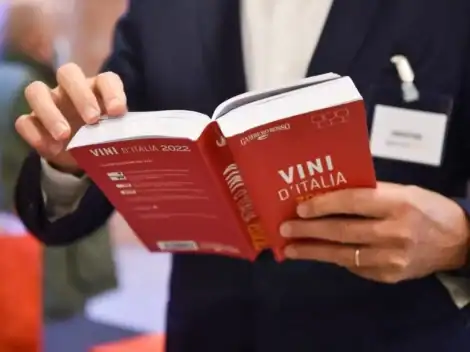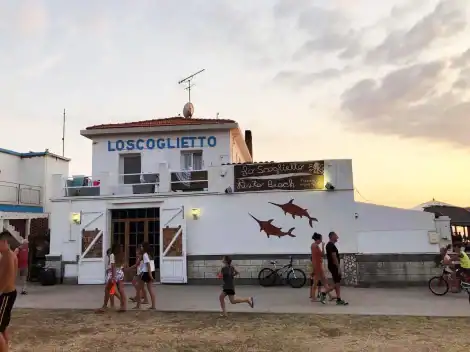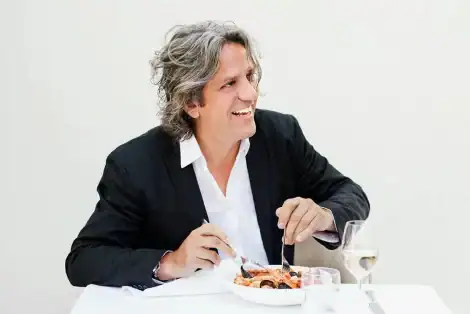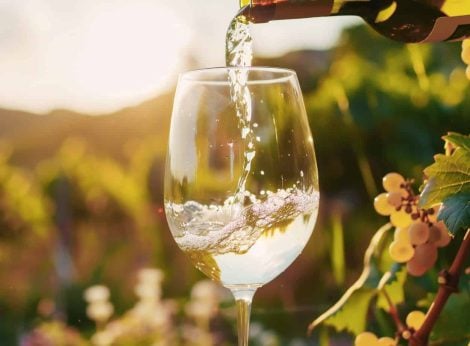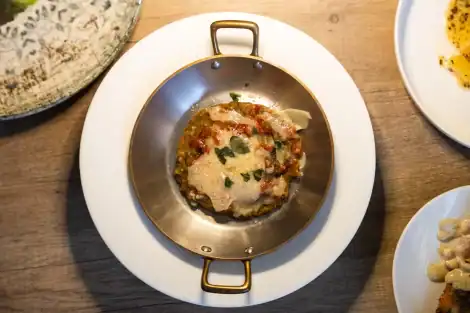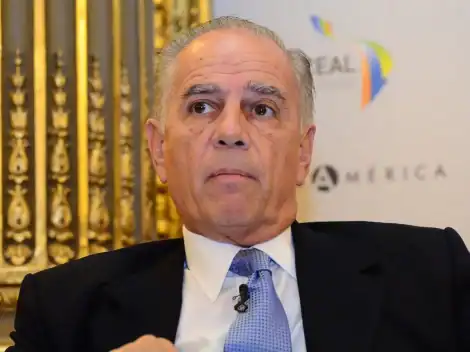Ten months ago, a historic change. Ferrari from Trento hires winemaker Cyril Brun, who takes the helm from Ruben Larentis, after 37 years of an honorable career. For the first time, an Italian winery snatches an important French chef de caves, at the peak of his career, from one of the most prestigious Champagne houses: Charles Heidsiebck. With a glass in hand, we take a good hour for a thorough comparison. Born in Aÿ, in the heart of Champagne, he already speaks excellent Italian: direct, demanding, unfiltered. The first tastings? Very convincing.
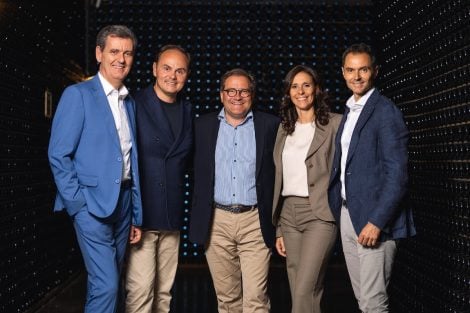
Marcello, Matteo, Camilla and Alessandro Lunelli with Cyril Brun
Ferrari style, what changes have you made?
Ferrari already has a very strong identity; we have a signature that can be recognized from Brut to Giulio from afar, but we need to do more. For example, there are still products too similar, like Brut and Maximum, we need greater differentiation within the range. Meanwhile, we've worked on both the blending and the dosages. And on the pressing methods.
Were dosages too low or too high?
For me, they were too low in the past; I understand it can be shocking for Italy. But sugar is not the enemy of wine; it's a matter of balance, in some cases, 5/6 grams are just right. The lower the dosage, the higher the risk of oxidation and the greater the sulfur. Before, we used to work with a single type of liqueur for the entire range, now we make a different liqueur for each product. We work tailor-made.
Based on what do you decide?
All my decisions start from tasting; I don't have fixed recipes. The first thing I asked when I arrived at Ferrari was where my tasting room was. I created a panel of five people; we did a lot of trials, vinification, new yeasts. We're also studying new corks, microgranulated, which we'll use in the coming months.
Keyword?
Freshness. I believe it's also dangerous to go too far with yeast aging for too long to achieve maturity. It can be a double-edged sword, as well as too much batonnage.
Differences between Italian and French enthusiasts?
The French are arrogant; they think they know everything about everything (smiles). I think in Italy, the public and consumers are more open. Yes, they are more inclined to change their mindset.
What do you think of Trentodoc?
From what I've tasted, I believe Trentodoc lacks a global identity; the differences are too large to have a common thread. I've tasted very good products, but I found them very different from each other.
Products so different from Champagnes?
Actually, if we look at pH and acidity, we're not that far apart, but the result is different. Rule number one for me is not to look at the numbers; wine is made with a glass in hand. What fascinates me about Trentodoc is the possibility to play with different altitudes, something that doesn't exist in Champagne. We talk about Montagne de Reims, but it's a joke. Here, there's a profound diversity based on altitude rather than on the subsoil. Much more than has been explored yet.
Will you bring the terroir culture to Ferrari?
I brought my vision, which is the Champenoise mentality, and therefore the blending culture. We will increasingly study the parcels, but the variable is too wide; for me, the final quality of the blend matters. Broadening the range of options to make a decision. This is the vision of the Champagne Houses, with few exceptions.
Will you also play with oxidation?
Oxidation is not in the identity of Trentodoc; it's the beginning of the defect. In the world of sparkling wines, drinkability is the mantra; if there's too much oxidation, then there's saturation in the glass. To put it simply: my grandfather used to say that a good bottle is an empty bottle.
So, not a fan of Selosse.
No.
Any changes planned for the reserve wines?
As I said, as many ingredients as possible are needed. Reserve wines are important and should be adjusted depending on a warm or cold vintage. With the 2023 harvest, we doubled the volumes of reserve wines and will significantly increase them even more. The 3/5% on the mass has no effect; we need to reach at least 12% to have more elements and therefore more complexity.
In Italy, the post-disgorgement aging period is still undervalued, don't you think?
If I think about our grandma, I believe we should shorten the yeast aging by a few months and extend the post-disgorgement period. We'll evaluate case by case. It can only be done if we have perfect oxygen management at disgorging: jetting and the use of specific corks to ensure greater product homogeneity. Ours is a work of details only.
Happy with the results on Pinot Noir?
No. The origin of the problem lies in the clones; those used in Trentino are not the most suitable for our sparkling style. In the past, a selection was made with German clones, good for volume but sometimes lacking phenolic maturity. We ordered different clones to try other results; to achieve good results, we might have to wait decades.
Is Meunier an option?
One of many, but we've already traced numerous paths and want to follow those so as not to lose direction. It can be useful to have a direct, immediate fruity character. But at the same time, I am convinced that good aging potential cannot be achieved if a cuvée contains more than 30% Meunier.
And how about Rosé, what's your approach?
I revolutionized Giulio Rosé; at that price, we must deliver more; it will take a long time: the 2023 will not be released before 2032. I believe that whether it's whole grape or pumped grape, there's all the difference in the world (he shows us on his phone a photo of two samples, editor's note). Ultimately, everything resolves into the quality of the grape and pressing.
What is your favorite product in the range?
Riserva Lunelli is the most refined and balanced product of the company, practically the only one I haven't changed. It's exactly as it should be. Obviously, I also like Giulio very much, but it can be even more vibrant; it should always have the wow effect.
Italian wines, what do you have in your cellar?
I'm a big fan of Barolo and Barbaresco. A name? Giacosa! I don't like super Tuscan; I like the rusticity typical of some great Sangiovese. Wines rated by Parker are not for me.
References among the great Champagne houses?
I'll be obvious, but I say Charles Heidsieck and Roederer. Also, Bollinger seems to be on the rise.
And among the small ones?
From Paul Déthune in
Ambonnay to Chartogne Taillet in Merfy. When it comes to Chardonnay, I mention Guiborat, Doyard, or Franck Bonville.
Let's be frank. Don't you find that entry labels from big Champagne houses generally have a disadvantageous quality-price ratio?
True. The point is that in the last five years, the price of entry cuvées in Champagne has increased by 30%, driven by the surge in grape prices and inflation.
In conclusion, what does Italian Metodo Classico lack?
We must avoid copying and pasting with Champagne. There are different identities here; what works in France may not be useful here. I don't have to produce a Champagne; rather, I use my knowledge of Champagne and put it at the service of the territory for an even clearer identity. They hired me because they wanted an external perspective and international experience to give that something extra.

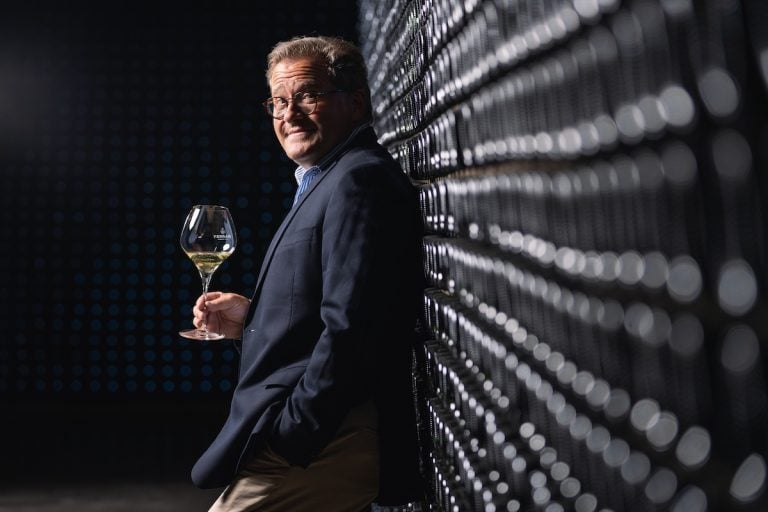
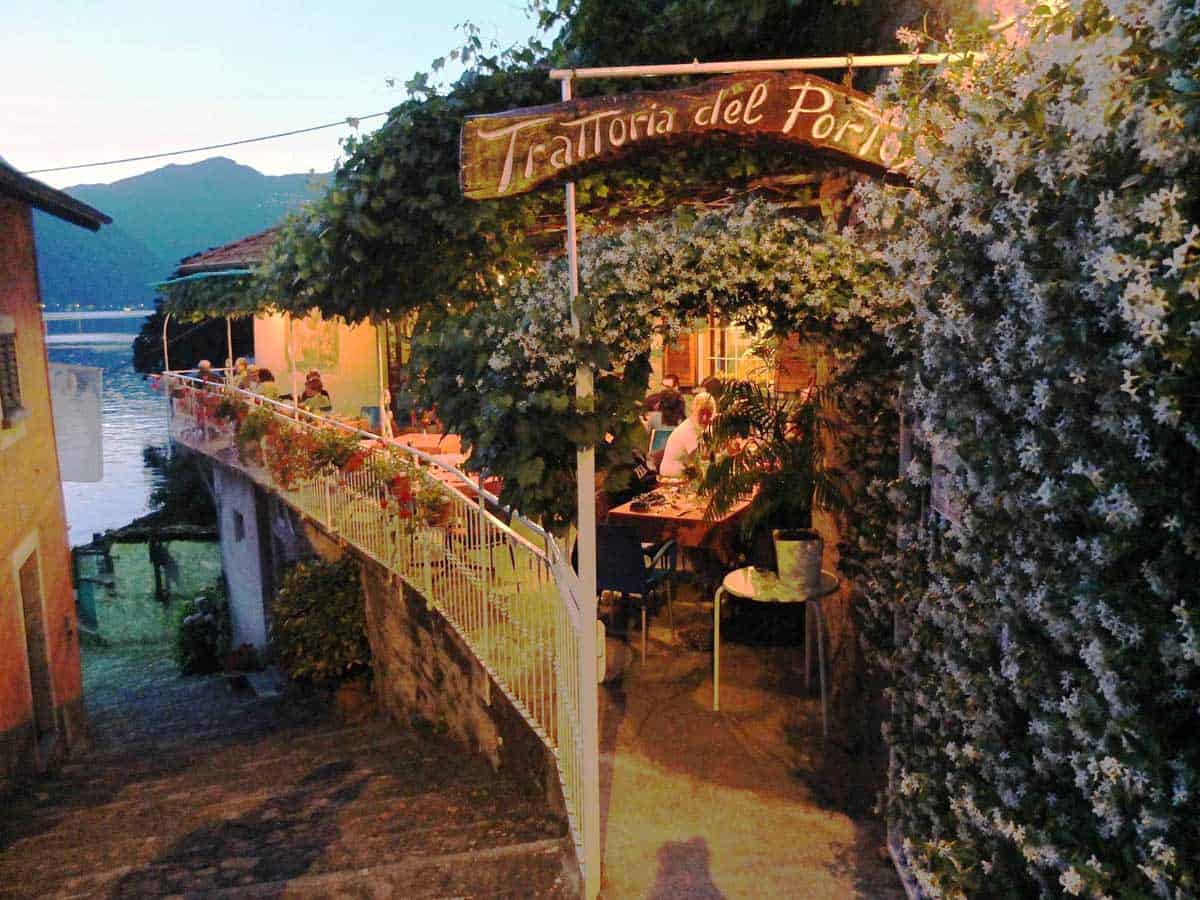 Three days at Lake Como in 17 destinations: Trattorias, Osterias and Fine Dining
Three days at Lake Como in 17 destinations: Trattorias, Osterias and Fine Dining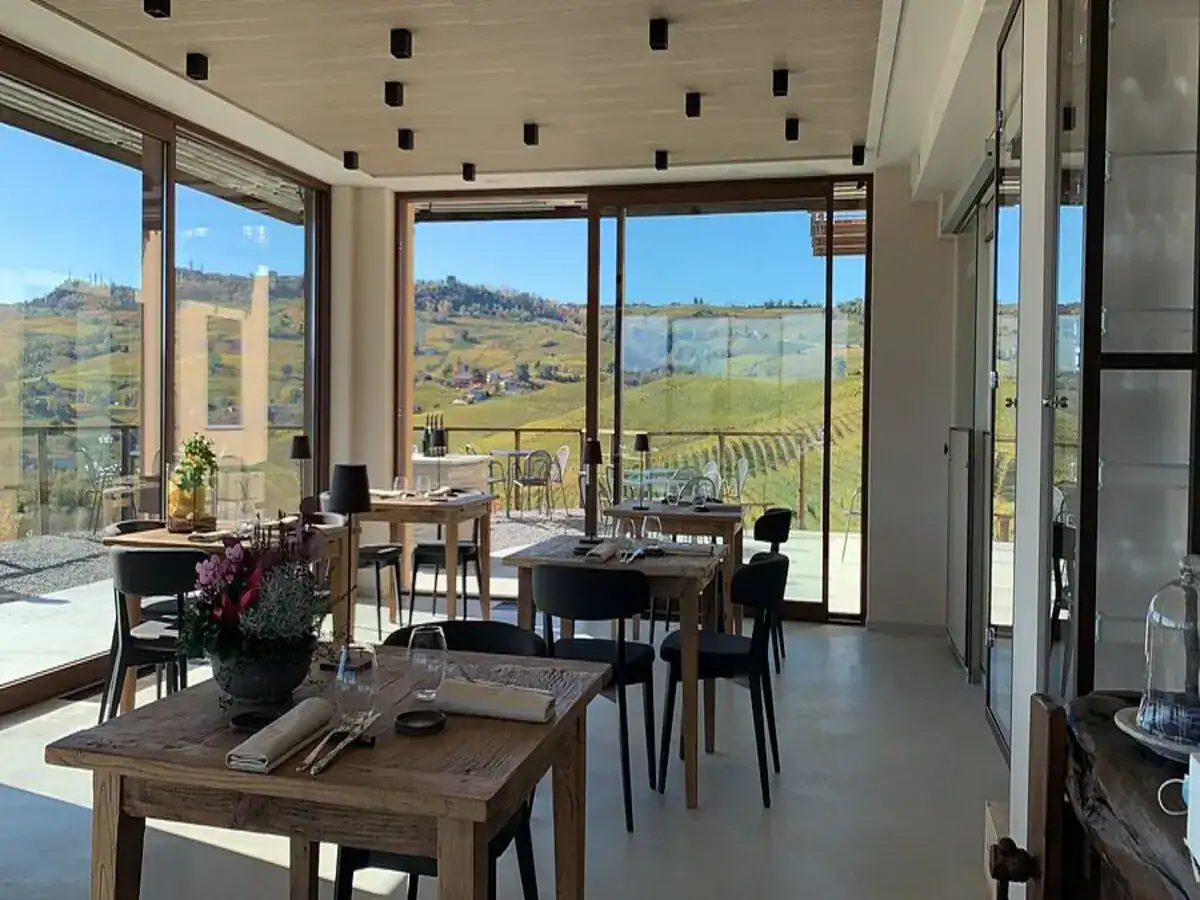 Piedmontese classics and raw seafood. The unexpected restaurant with a pool in the Langhe
Piedmontese classics and raw seafood. The unexpected restaurant with a pool in the Langhe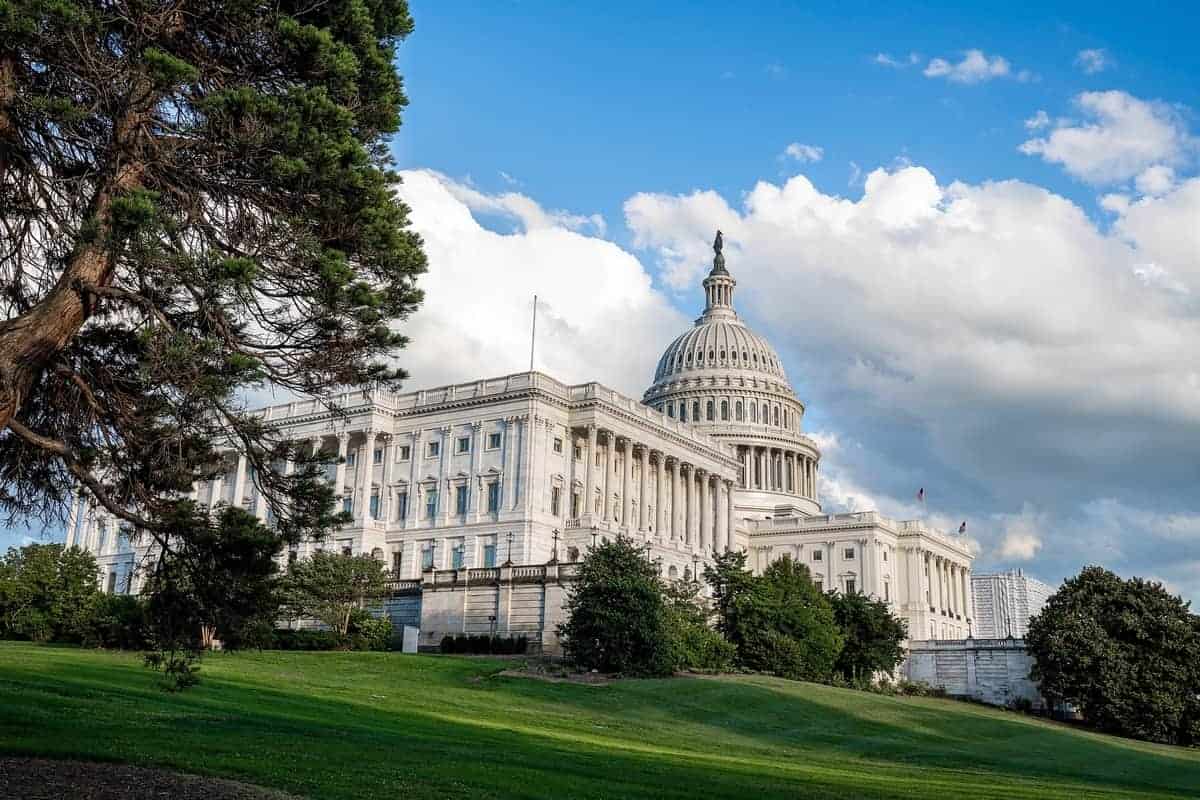 US Tariffs. according to the Government, a 10% rate would not be impactful, but for most wineries the risk is high
US Tariffs. according to the Government, a 10% rate would not be impactful, but for most wineries the risk is high Grilled vegetables and chicken on the side: in Chianti, plant-based cuisine takes centre stage
Grilled vegetables and chicken on the side: in Chianti, plant-based cuisine takes centre stage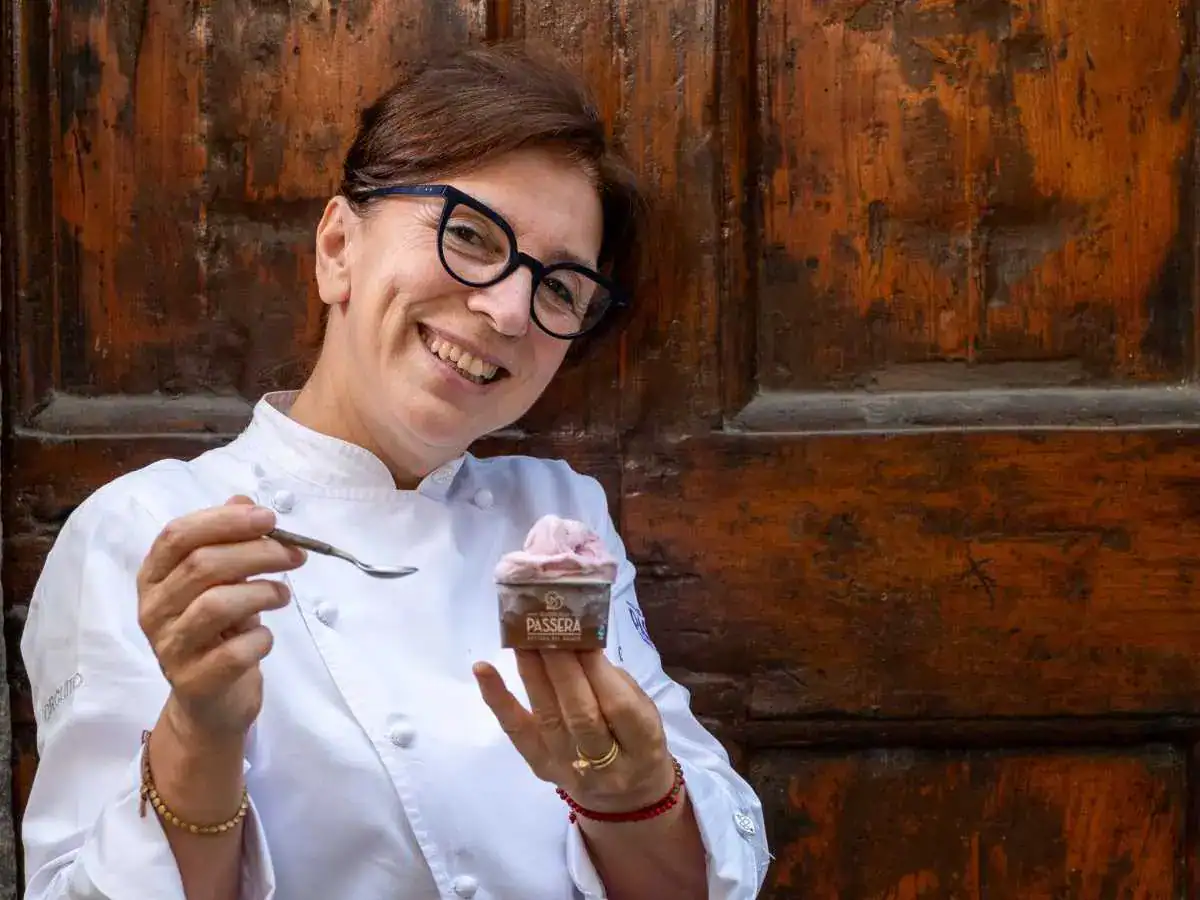 A top gelato maker from Florence launches flavours dedicated to women who made history
A top gelato maker from Florence launches flavours dedicated to women who made history